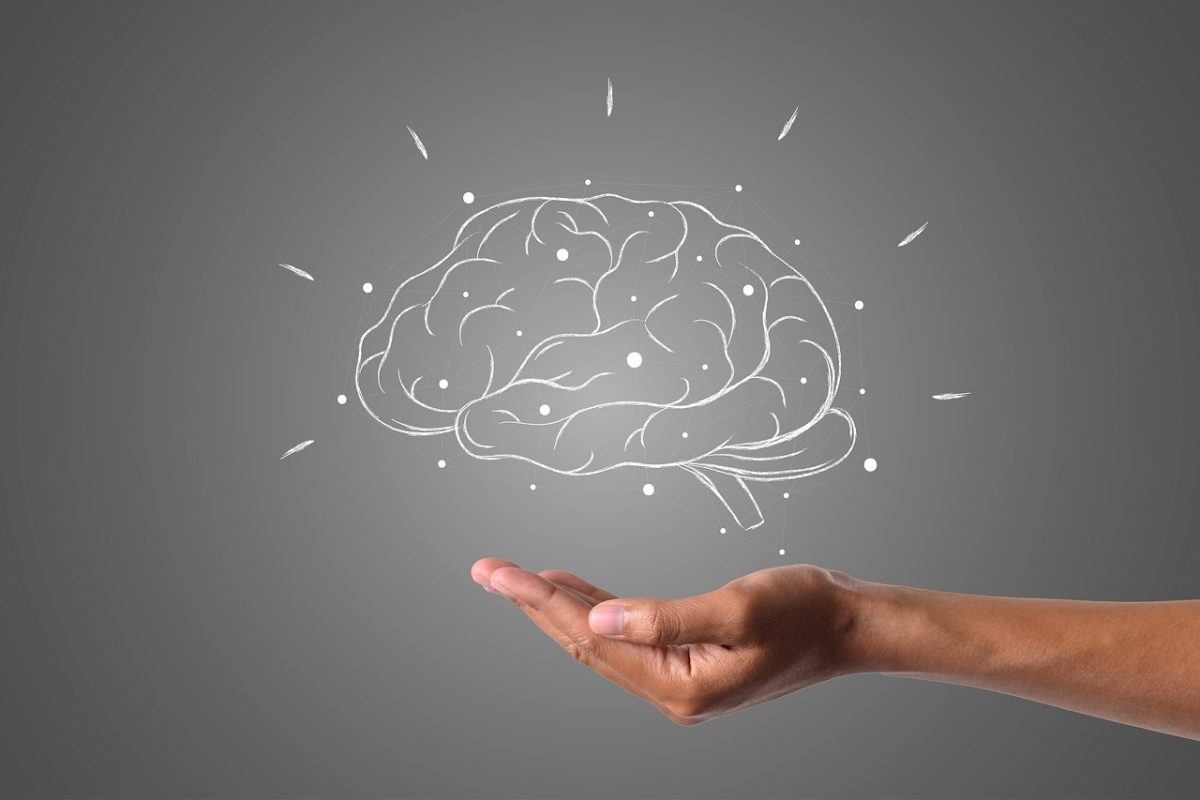As global life expectancies rise and birth rates decline, societies are grappling with the growing issue of aging populations. The global median age has risen from 20 in 1970 to over 30 in 2022, which is a tremendous problem, especially in high-income MEDCs (More Economically Developed Countries). It results in a smaller population of working-age population consequently causing the country to have an increased dependency ratio, more significant pressure on health services, decreased GDP, and many more. Although a rapidly aging population presents many challenges, high up on the list is the “aging brains“.
The brain is in control of many actions in our body such as thinking, emotions, memory, speech, physical movement, the function of organs within our body, and many more. The brain is a structure divided into several compartments, organized and categorized to complete different tasks. If a certain section of the brain is harmed or damaged due to internal or external stimulation, the individual loses the function that the specific part of the brain is responsible for, perhaps forever. Additionally, the individual may experience difficulties in cognitive skills such as concentrating and remembering new information as well as life-threatening risks.
Aging brains have various symptoms, such as difficulties in multitasking, becoming slower at all tasks, and experiencing mild decreases in the ability to pay attention or concentrate. This is caused by structural and internal changes in the brain. As humans age, certain parts of their brains shrink, especially those important to learning and other complex mental activities. These include the frontal cortex, hippocampus, and frontal lobe.
The frontal cortex is responsible for numerous functions, such as abstract thinking, judgment, creativity, social skills, etc. The frontal lobe, located in the frontal cortex, is in control of human behavior, emotions, personality, and expressive language. The hippocampus is a section of the brain located within the temporal lobe and is responsible for learning, memory, and navigation. These brain regions are vital for everyday functioning and are most affected by aging, resulting in common symptoms of reduced functionality in these areas compared to earlier stages of life.
Additionally, in certain regions, communication between neurons may be less effective and blood flow in the brain may decrease. There is no direct correlation between physical health and brain aging, as even physically healthy older individuals lack the ability to perform mental tasks compared to younger people. While maintaining physical health can help slow the aging process, the effects of aging on the brain remain an inevitable reality.
Aging is a risk factor for most neurodegenerative diseases, such as Parkinson’s disease, forms of dementia including Alzheimer’s disease, and Huntington’s disease. As the population of the elderly increases, so does the population with such diseases. These diseases are becoming a social problem as they are equally distressing to family and community members as to the patients themselves. It dramatically decreases the quality of life of family members and can lead to several negative consequences, such as anxiety, stress, burnout, and depression. Furthermore, it economically burdens the family as well as the governmental healthcare system as these diseases typically have high healthcare costs due to the nature of the disease. Neurodegenerative diseases are often incurable and treatments often have no drastic effects, leading to long-term care and poorer health outcomes statistically which leads to a public health crisis as the number of patients increases.
So is there a method at all to address these upcoming problems? There are currently exceptions and outliers to the abovementioned factors, such as “cognitive super-agers”- people over 80 who exhibit exceptional cognitive function comparable to middle-aged people. Although there are no distinct explanations for this, super-agers have less brain volume loss than the average individual. These people generally have active lifestyles, continue to challenge themselves mentally, eat healthy, and are socially active. Although certain risk factors such as age, genetic factors, and gender cannot be controlled, these habits and lifestyles can certainly play a role in slowing the development of neurodegenerative diseases.






